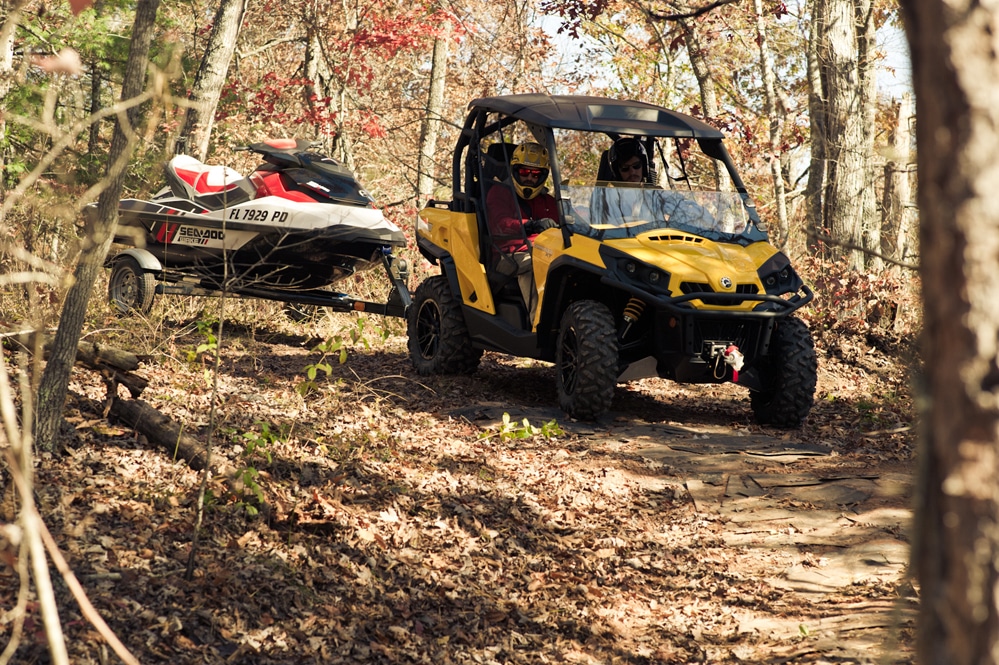
Get Off Your Asphalt
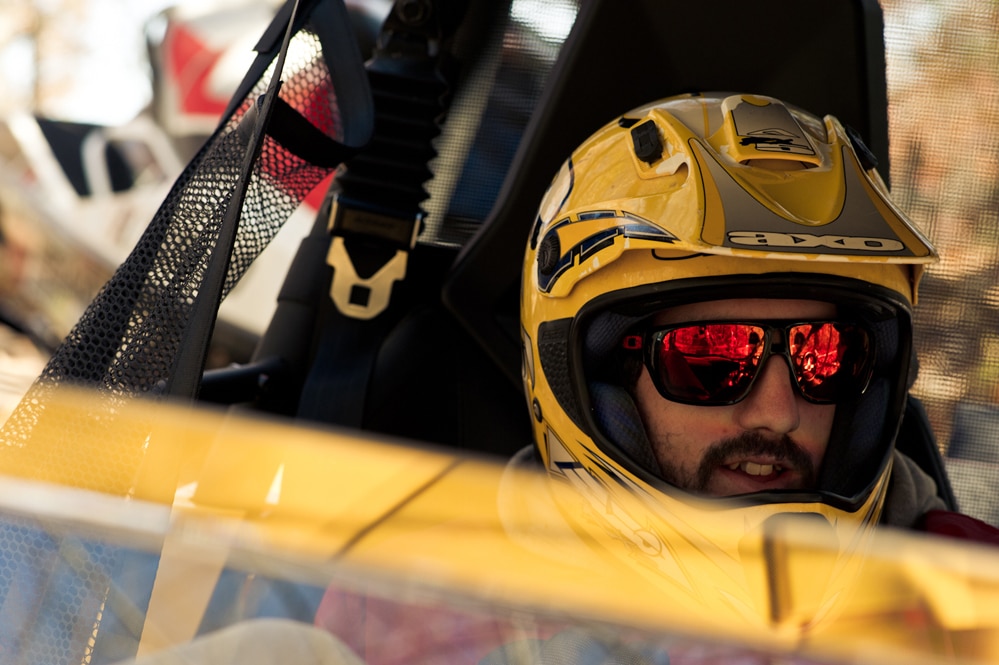
Get Off Your Asphalt
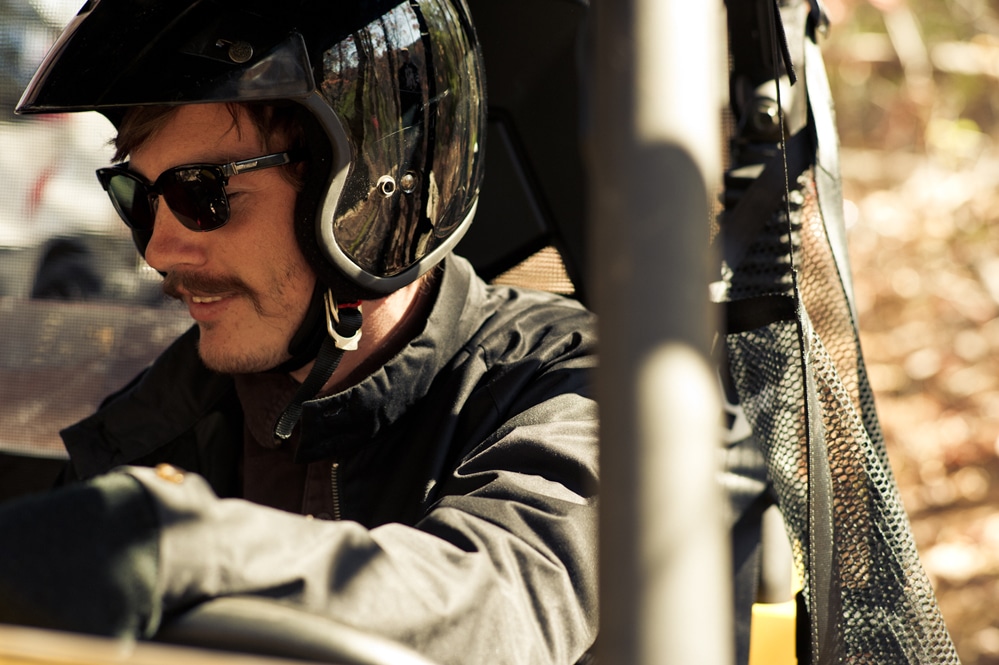
Get Off Your Asphalt
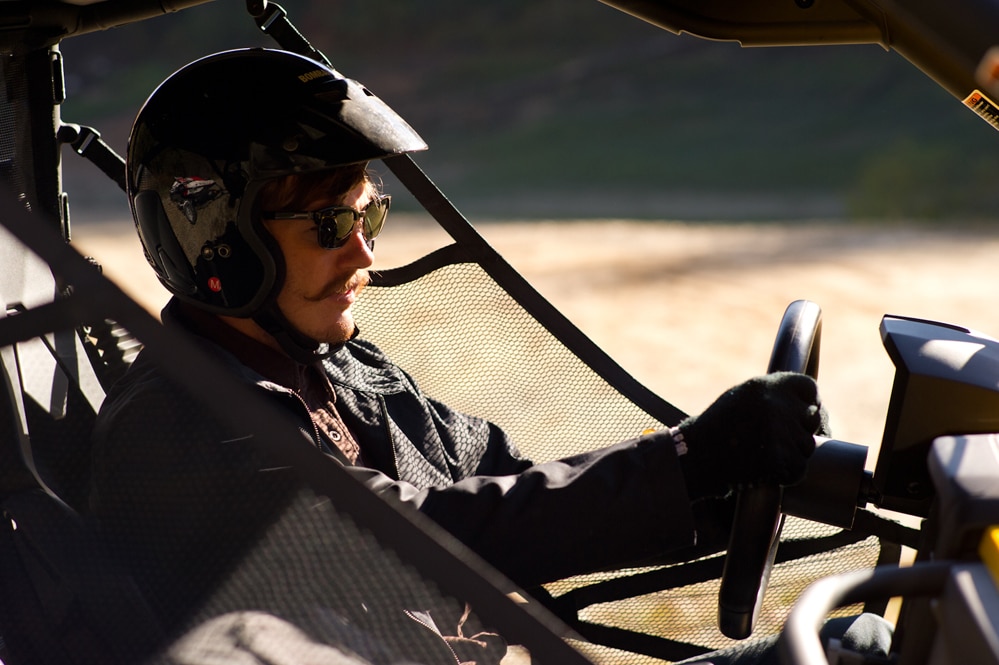
Get Off Your Asphalt
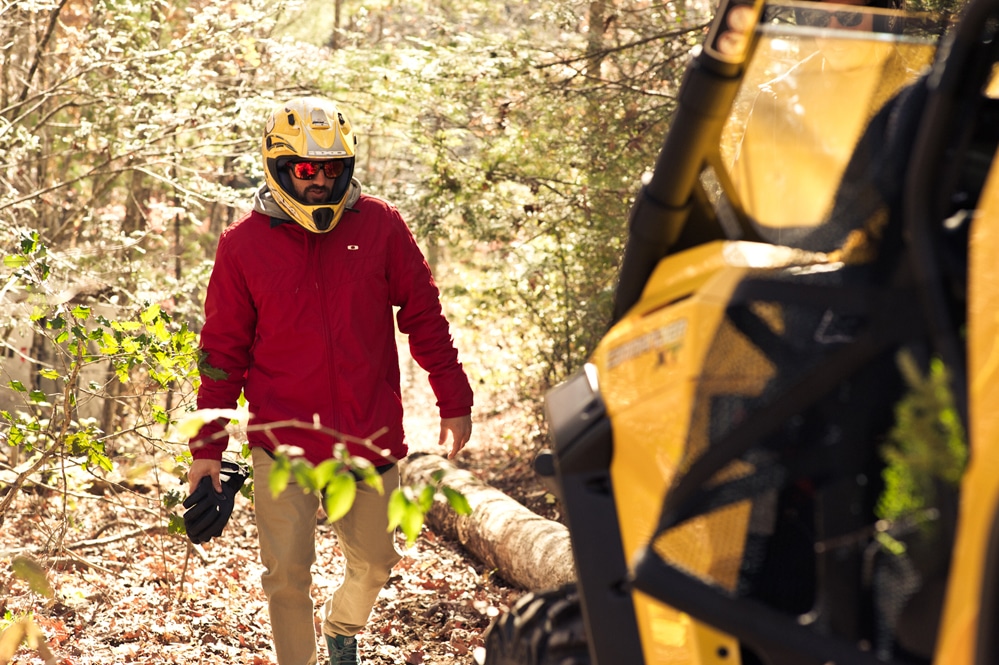
Get Off Your Asphalt
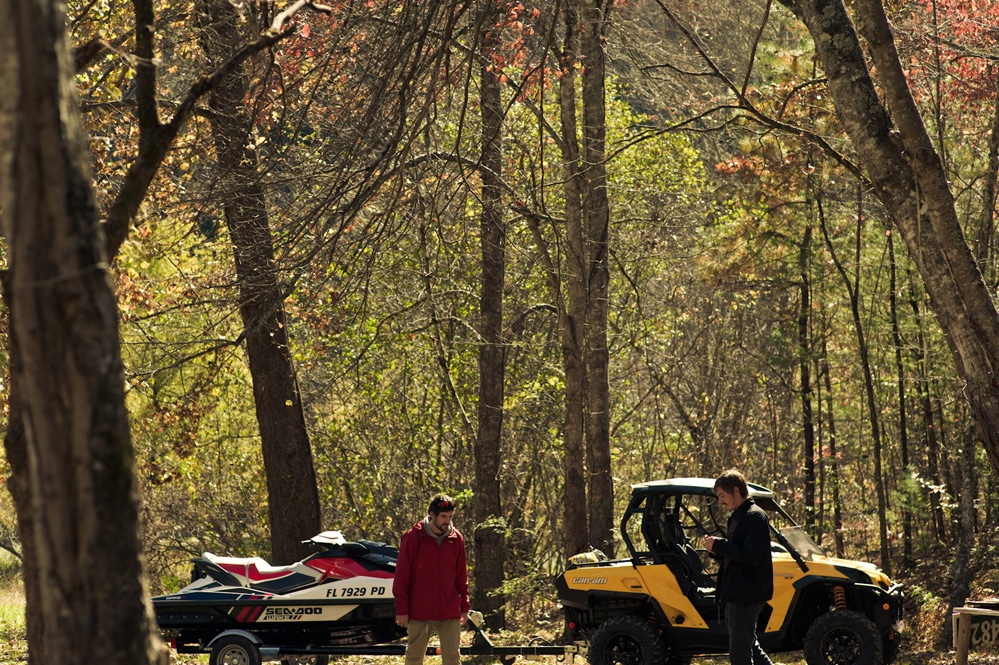
Get Off Your Asphalt

Get Off Your Asphalt
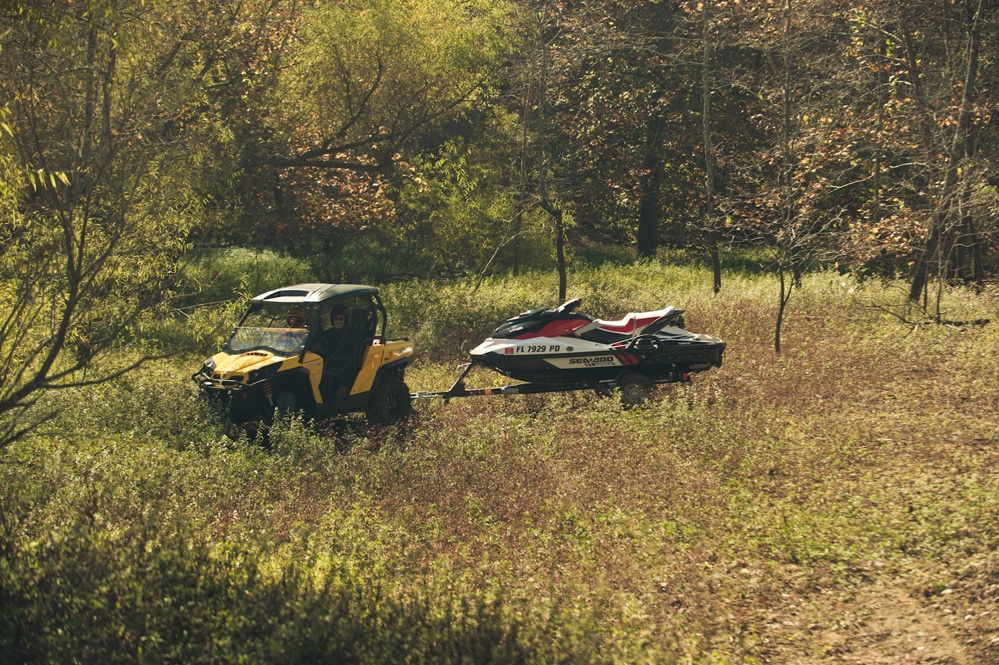
Get Off Your Asphalt
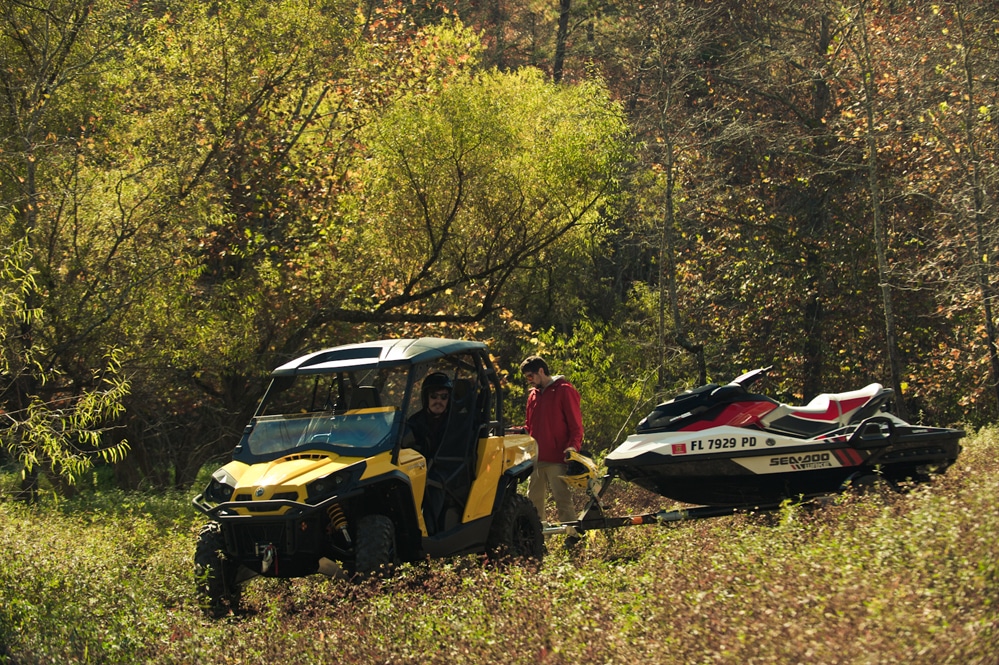
Get Off Your Asphalt
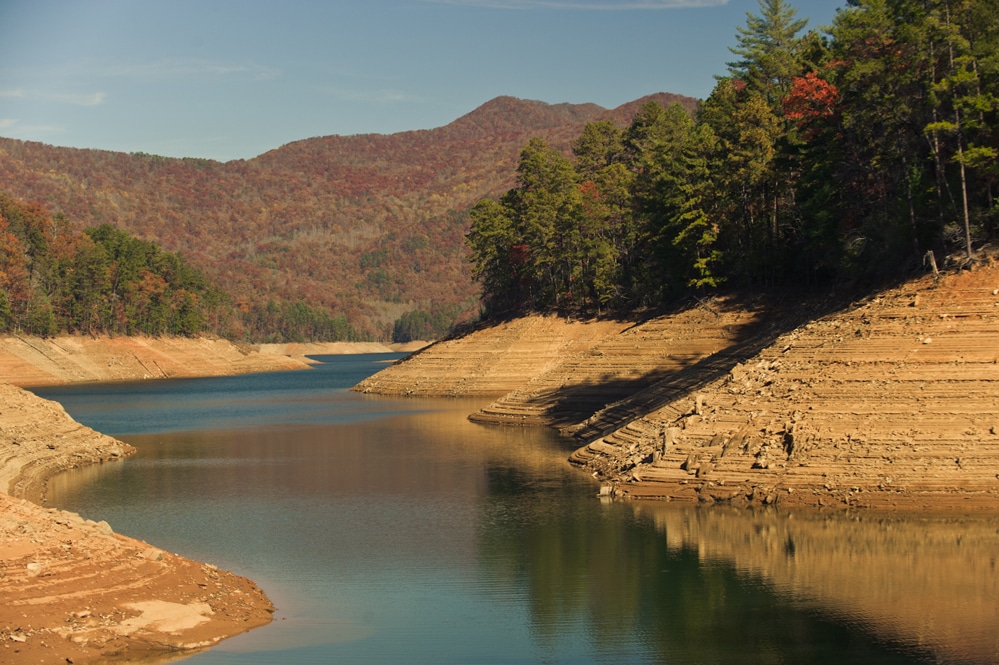
Get Off Your Asphalt
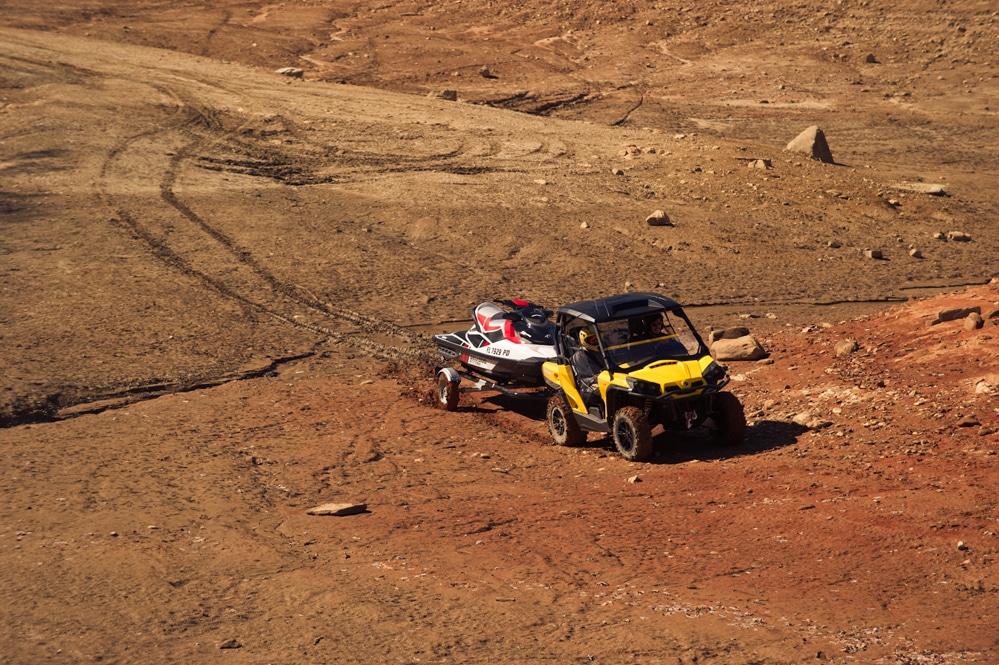
Get Off Your Asphalt
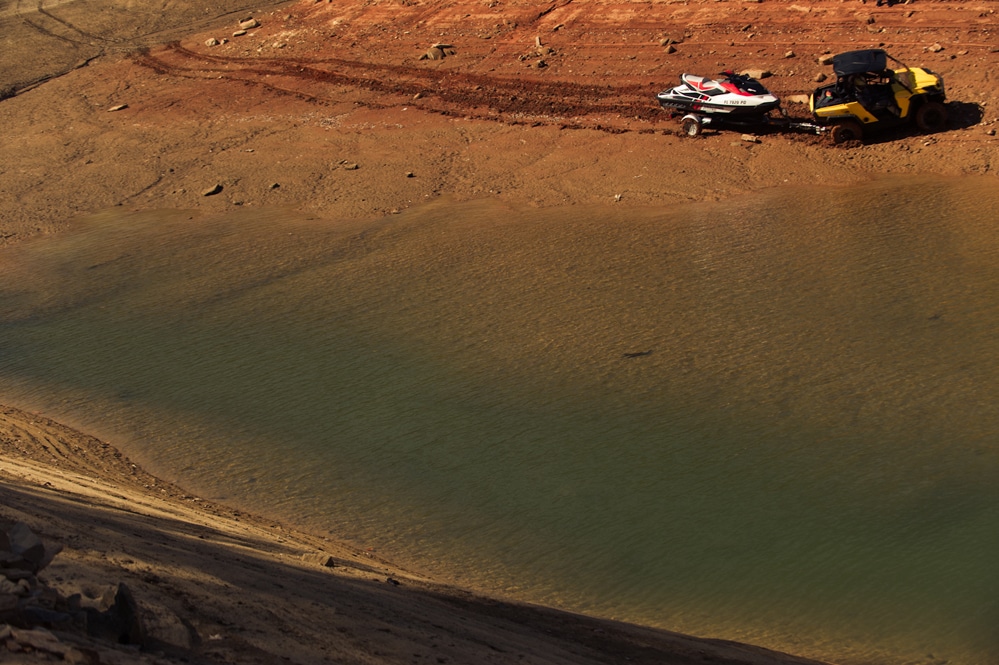
Get Off Your Asphalt
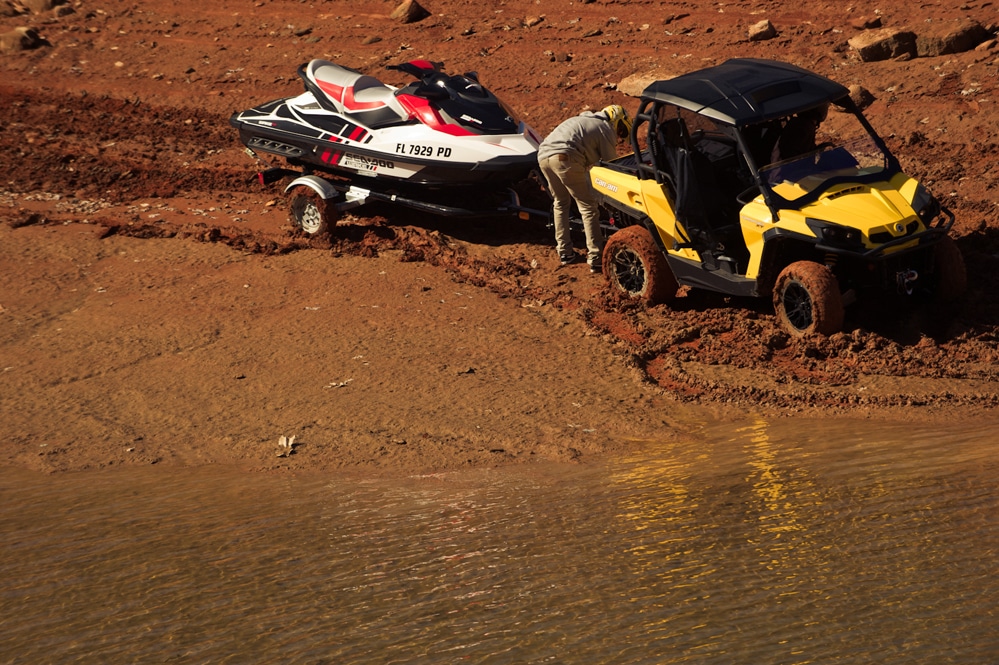
Get Off Your Asphalt
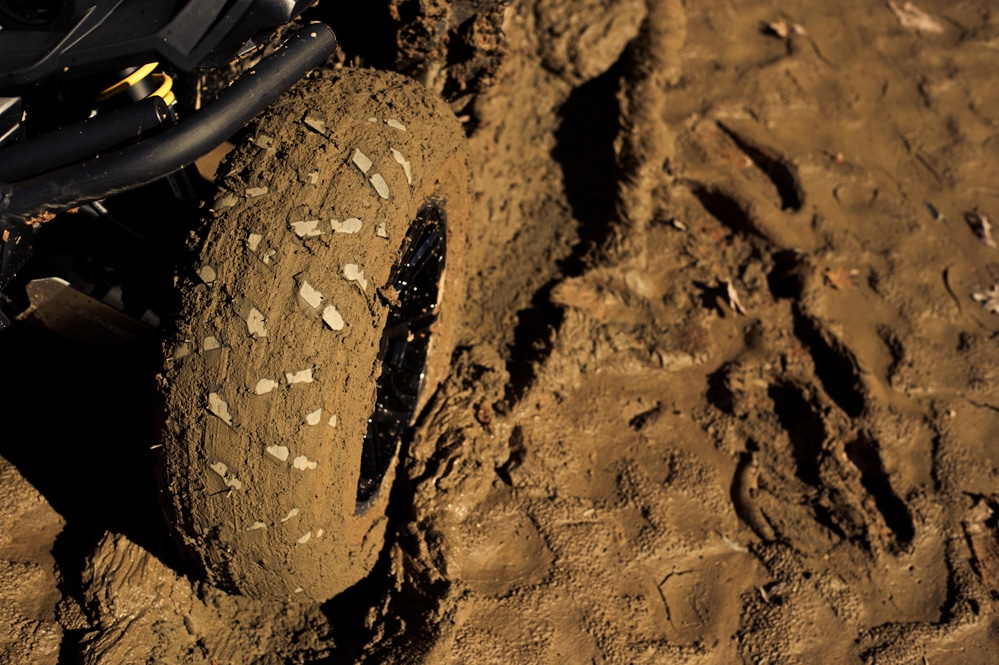
Get Off Your Asphalt

Get Off Your Asphalt
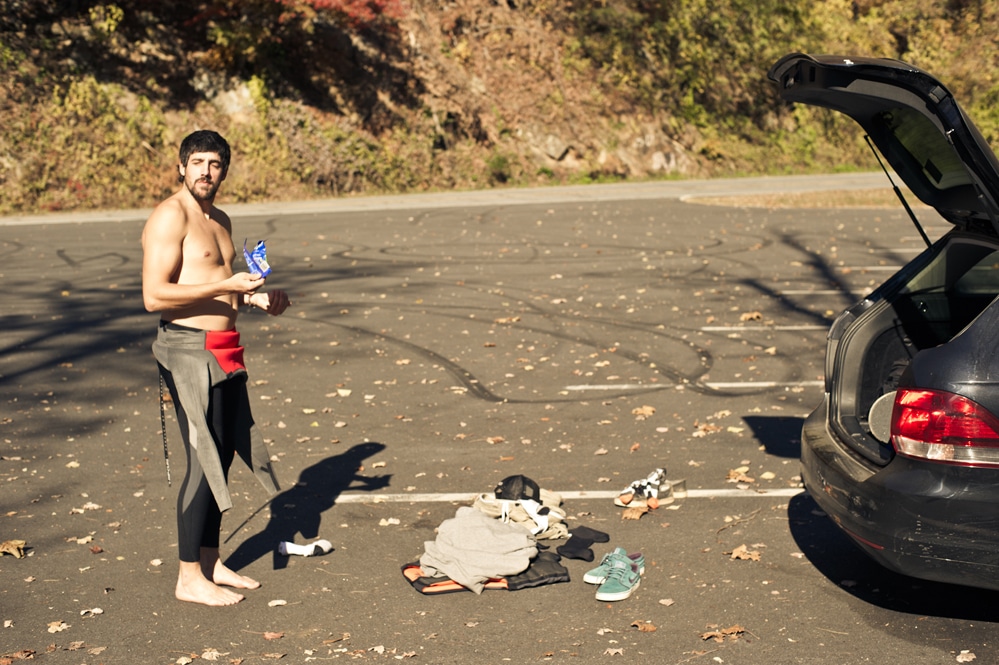
Get Off Your Asphalt
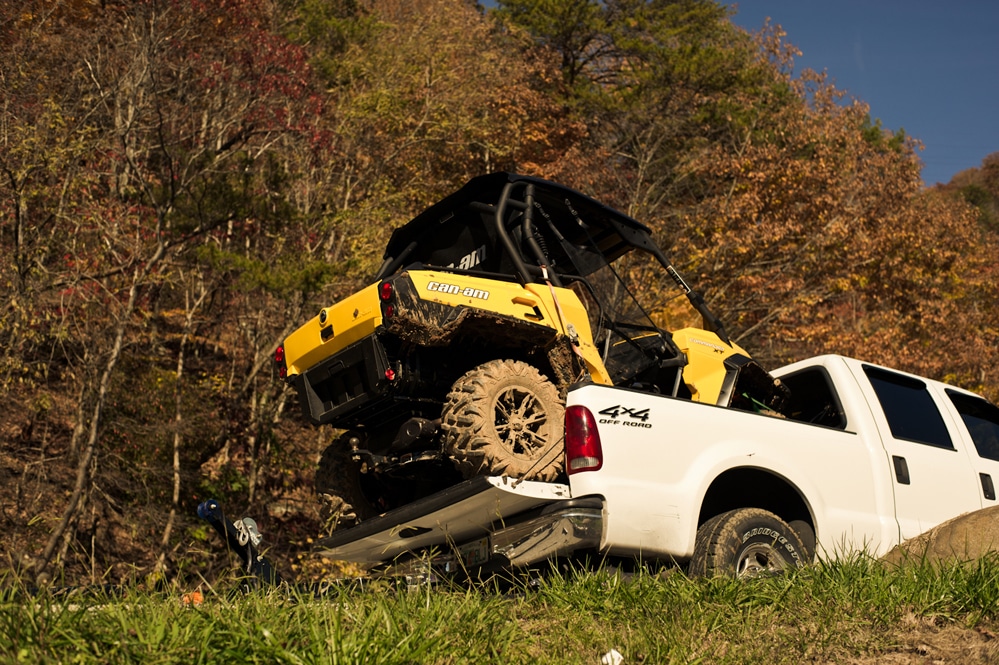
Get Off Your Asphalt
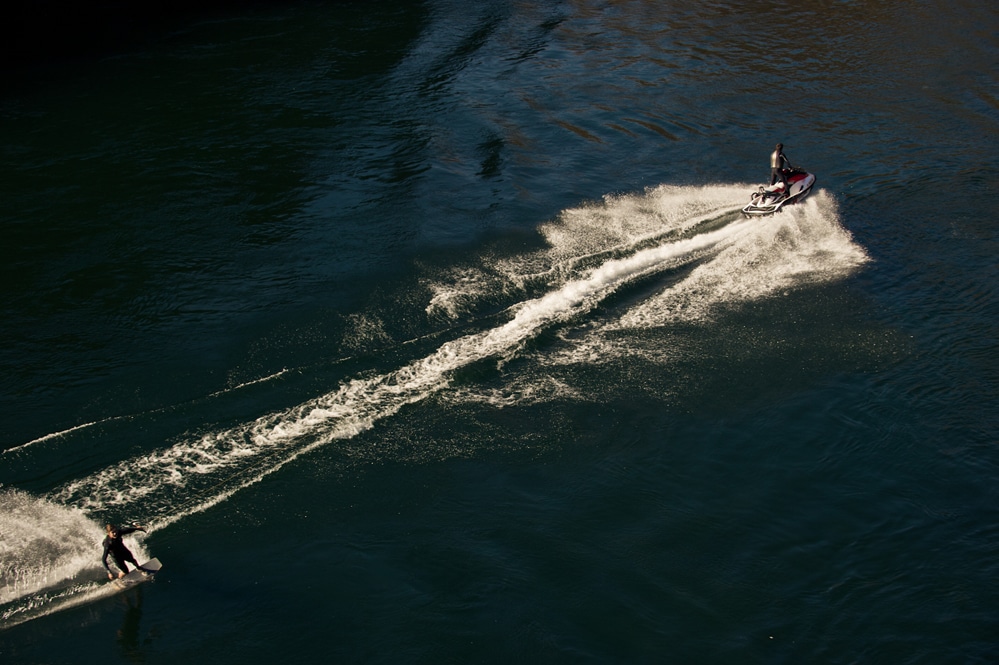
Get Off Your Asphalt
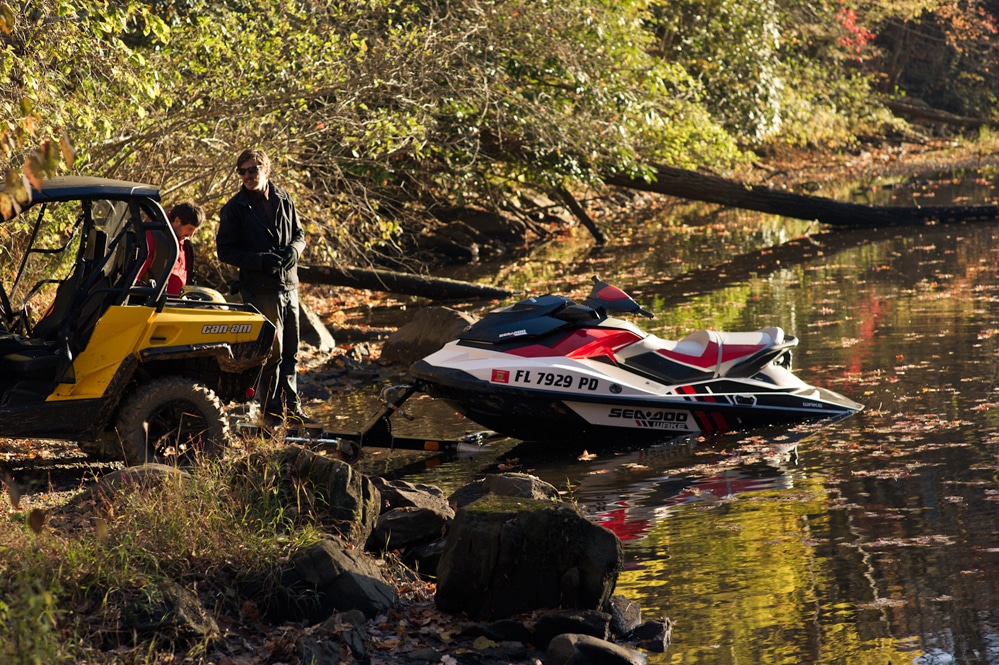
Get Off Your Asphalt
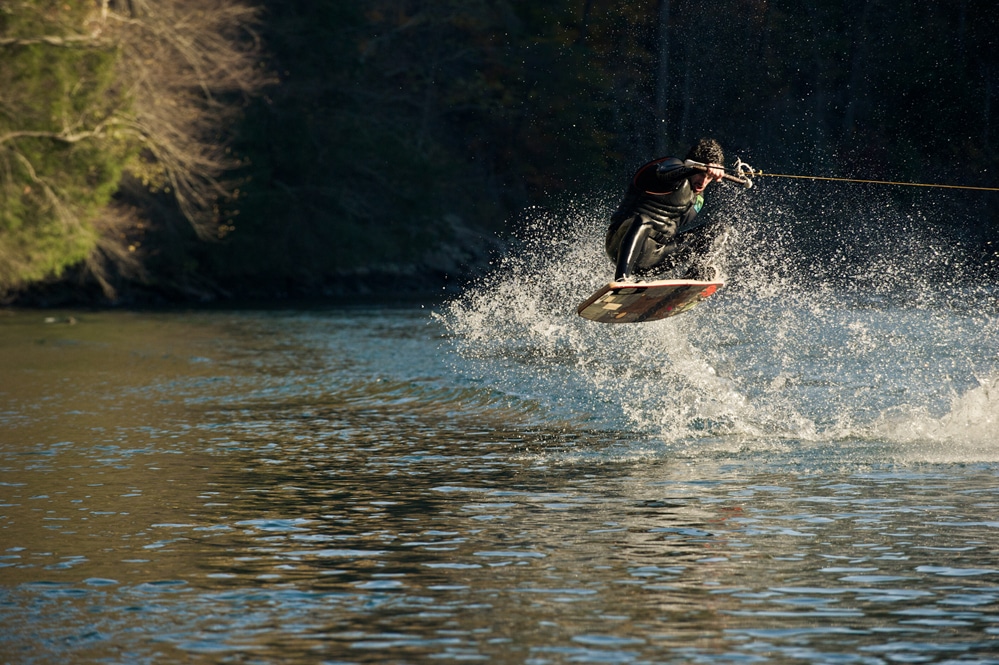
Get Off Your Asphalt
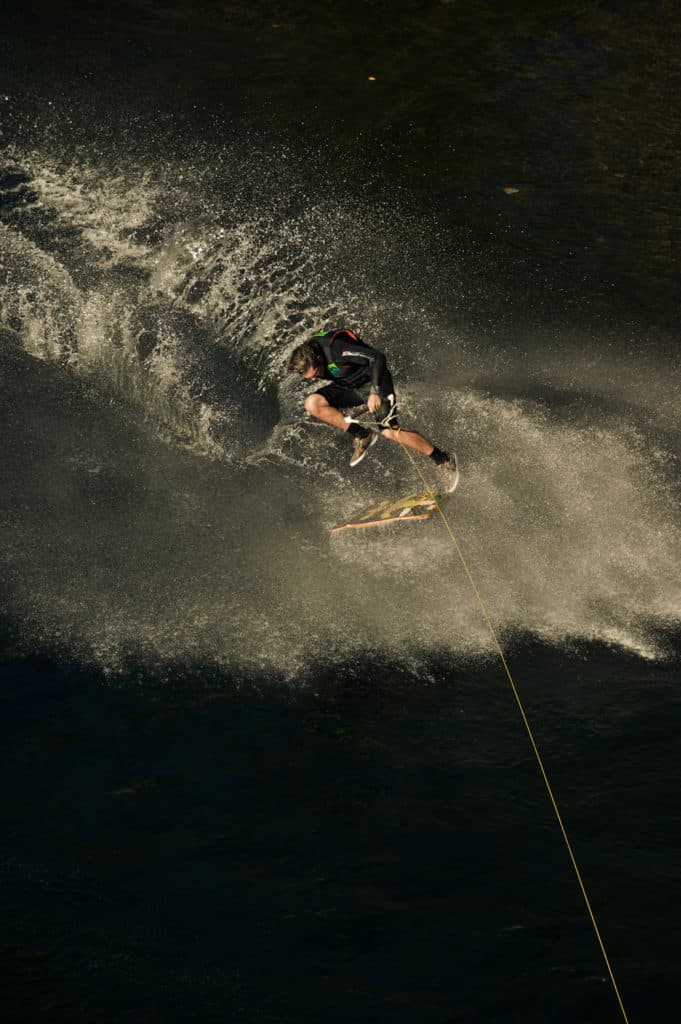
Get Off Your Asphalt
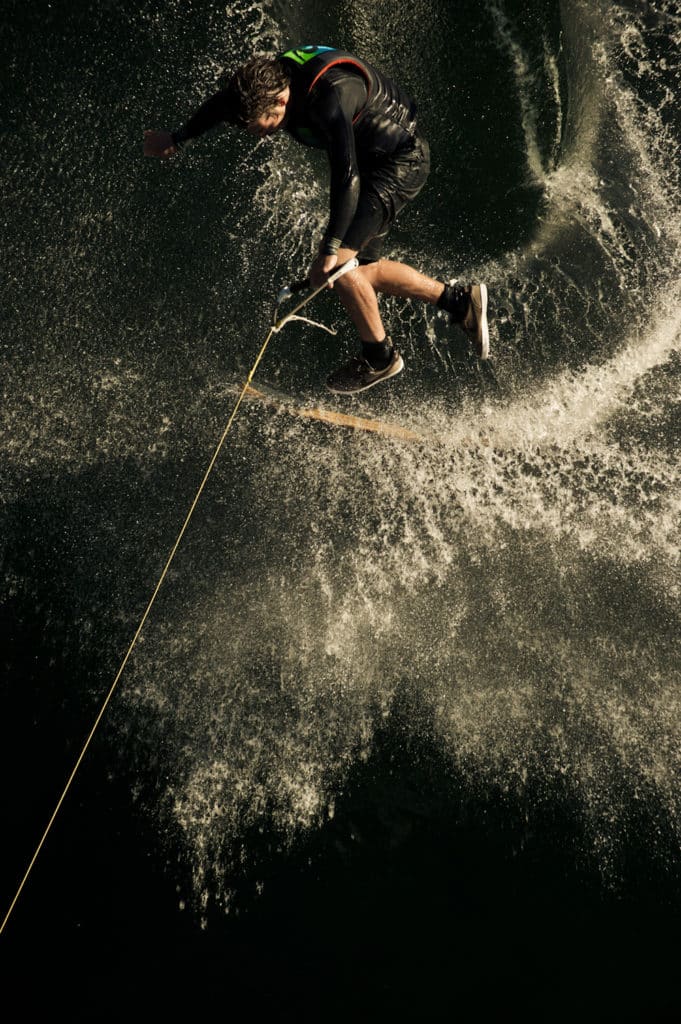
Get Off Your Asphalt
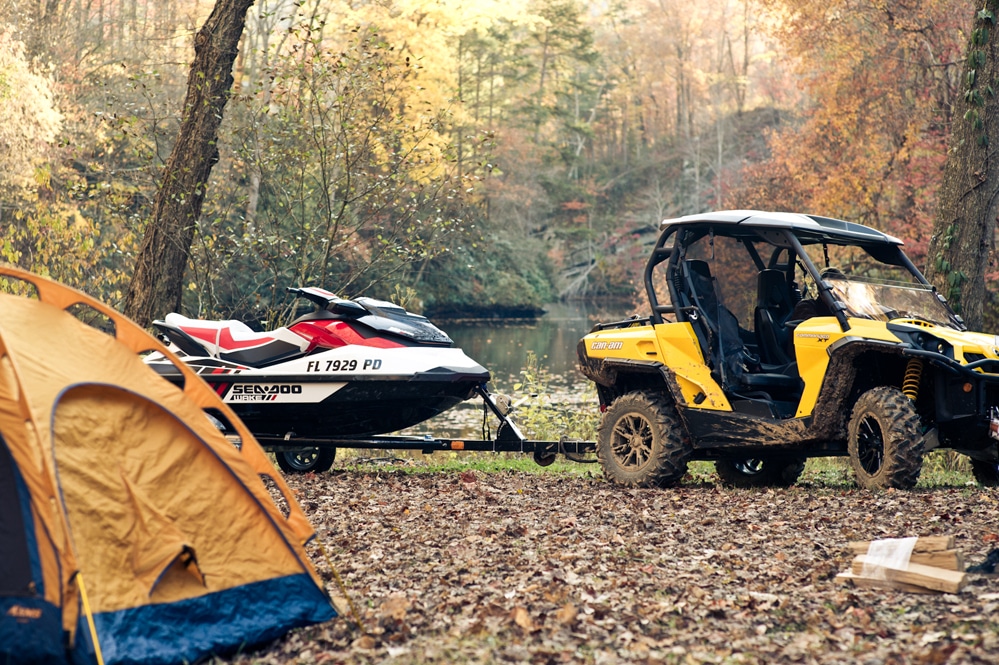
Get Off Your Asphalt
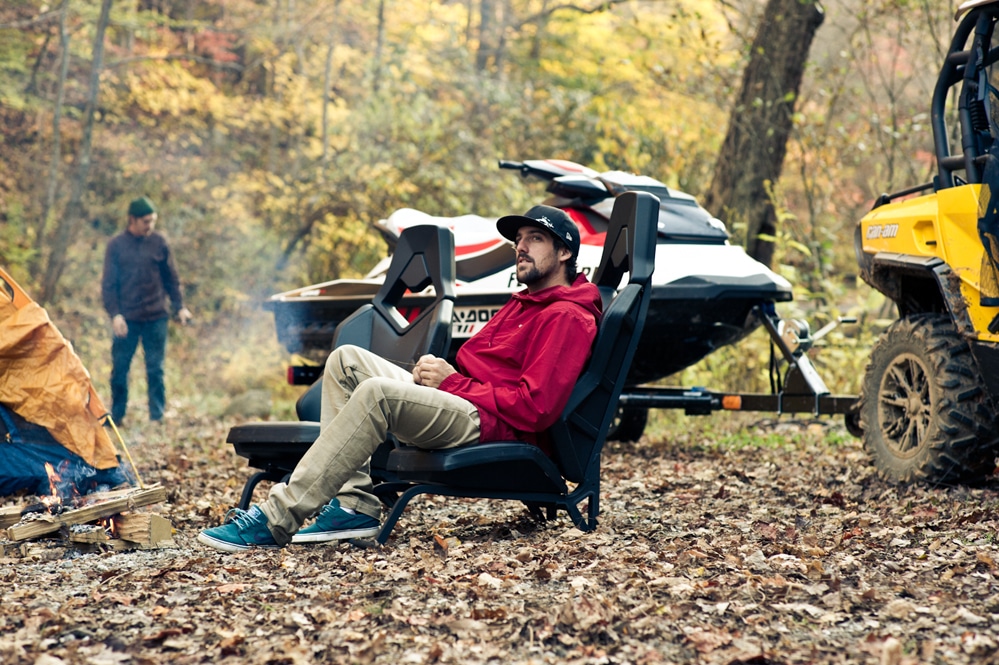
Get Off Your Asphalt
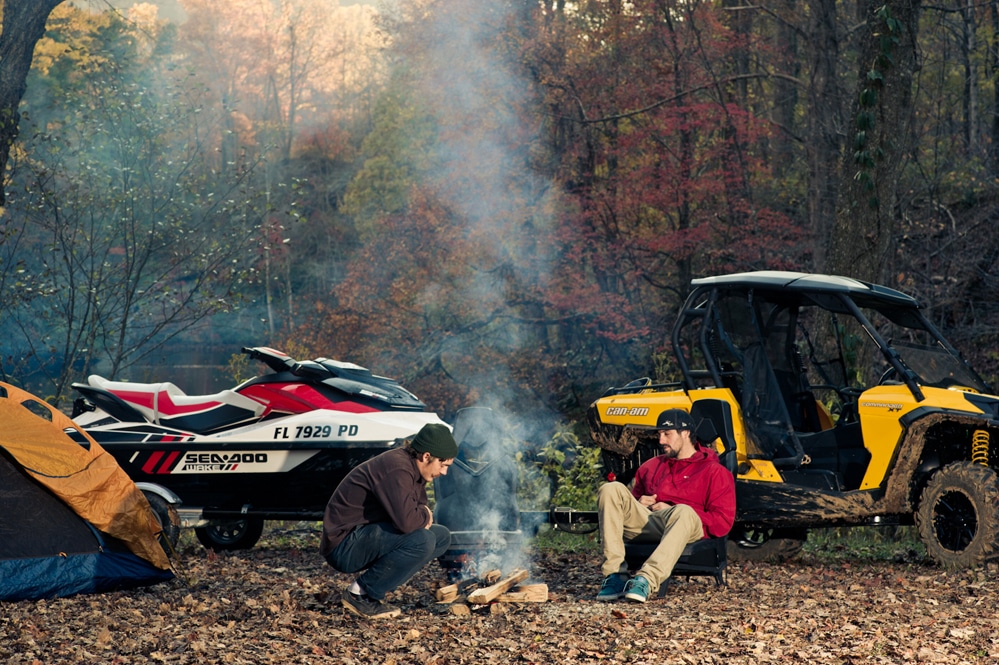
Get Off Your Asphalt
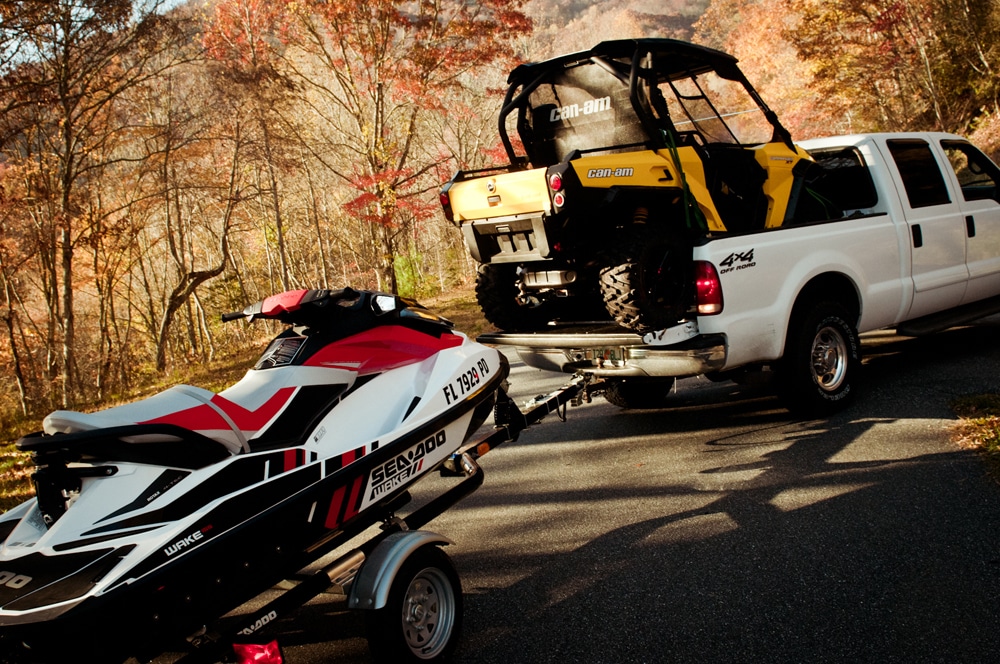
Get Off Your Asphalt
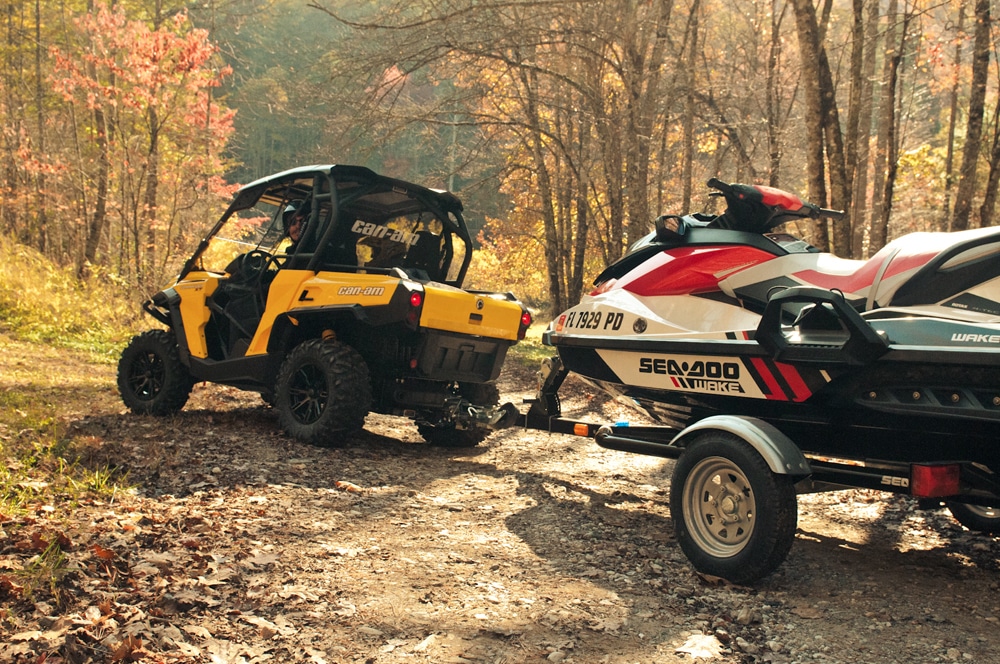
Get Off Your Asphalt
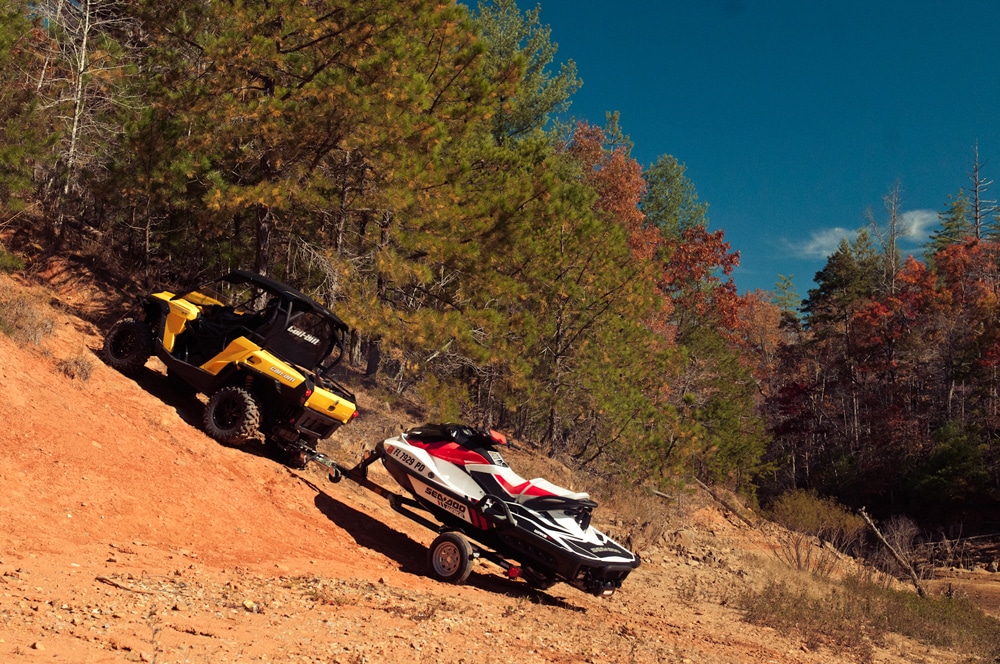
Get Off Your Asphalt
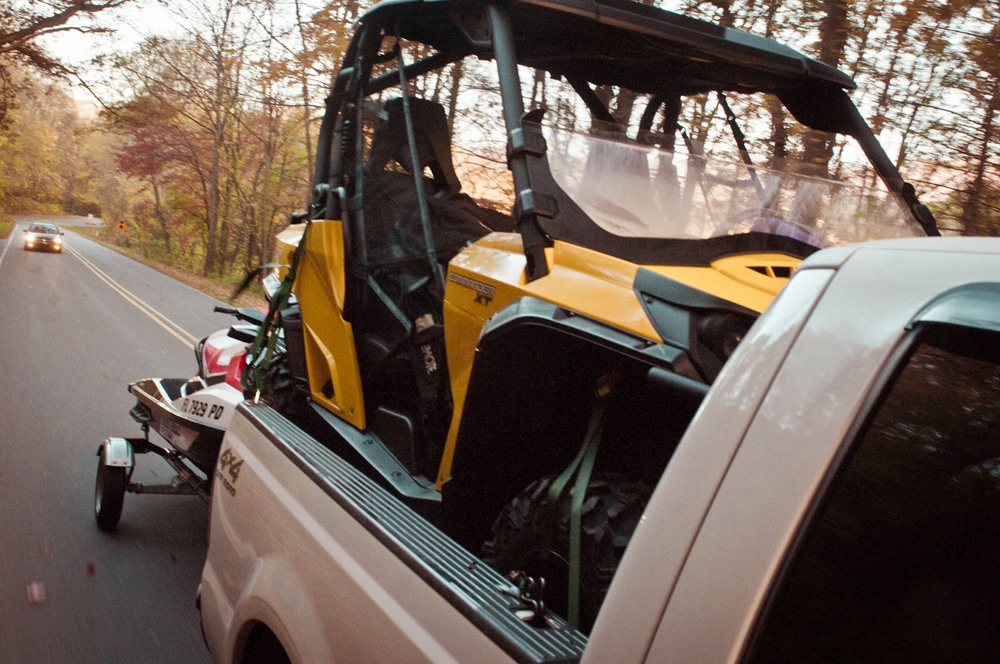
Get Off Your Asphalt
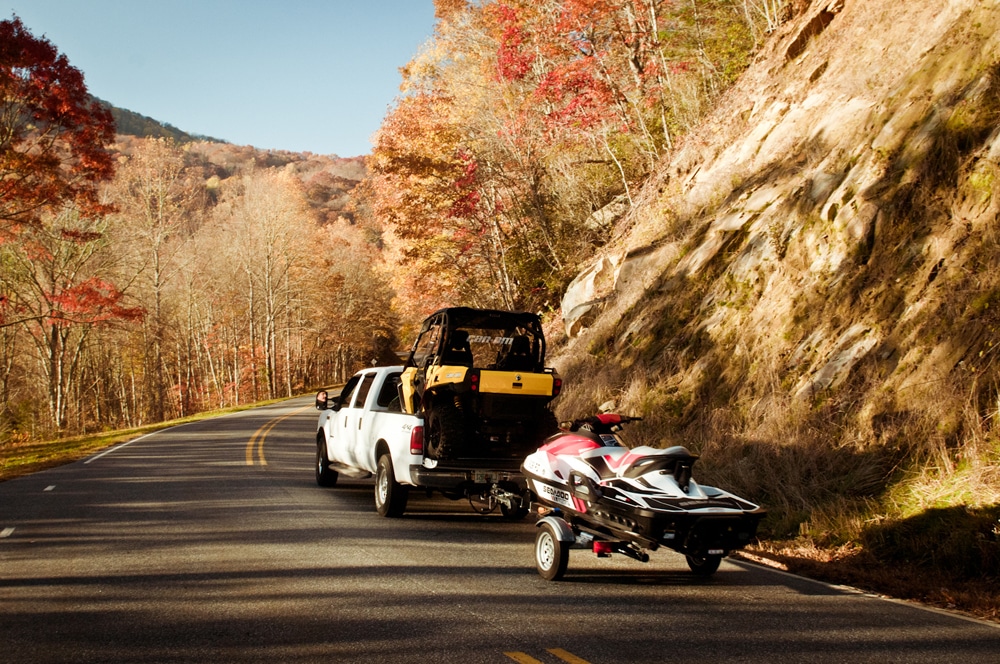
Get Off Your Asphalt
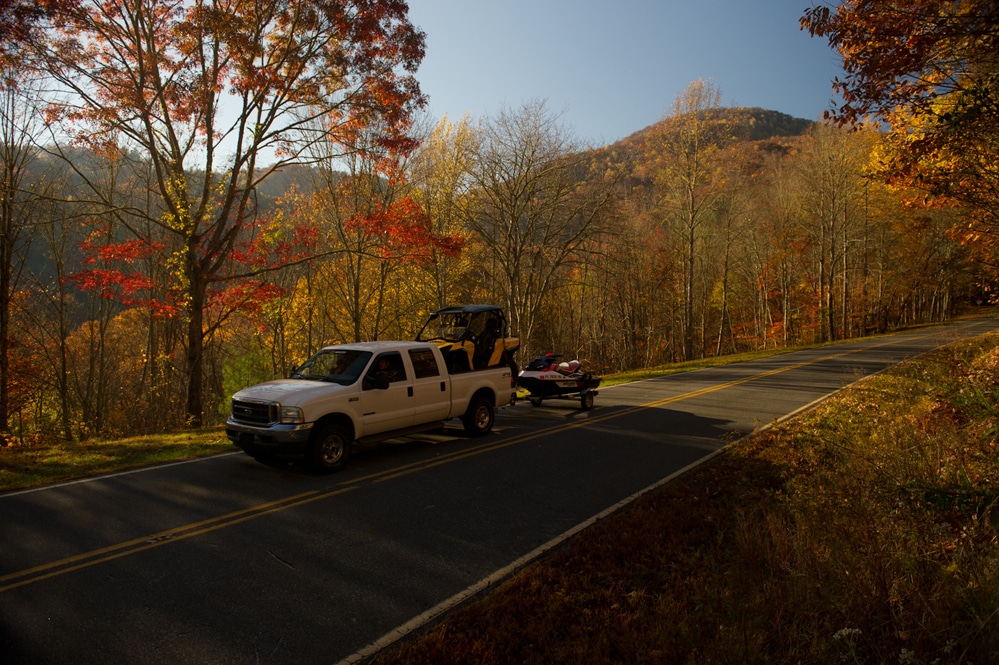
Get Off Your Asphalt
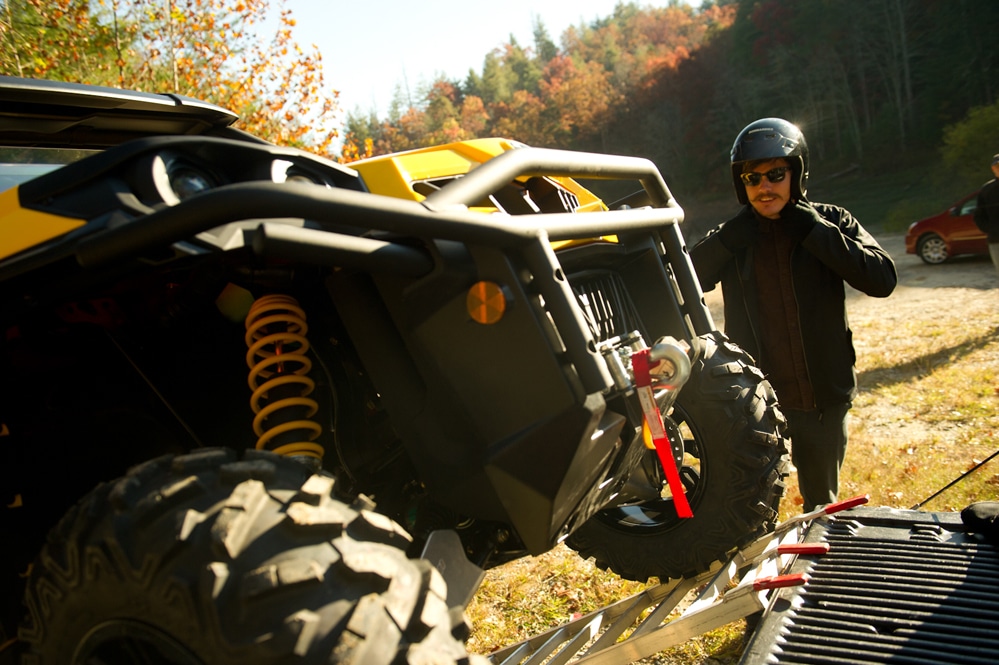
Get Off Your Asphalt
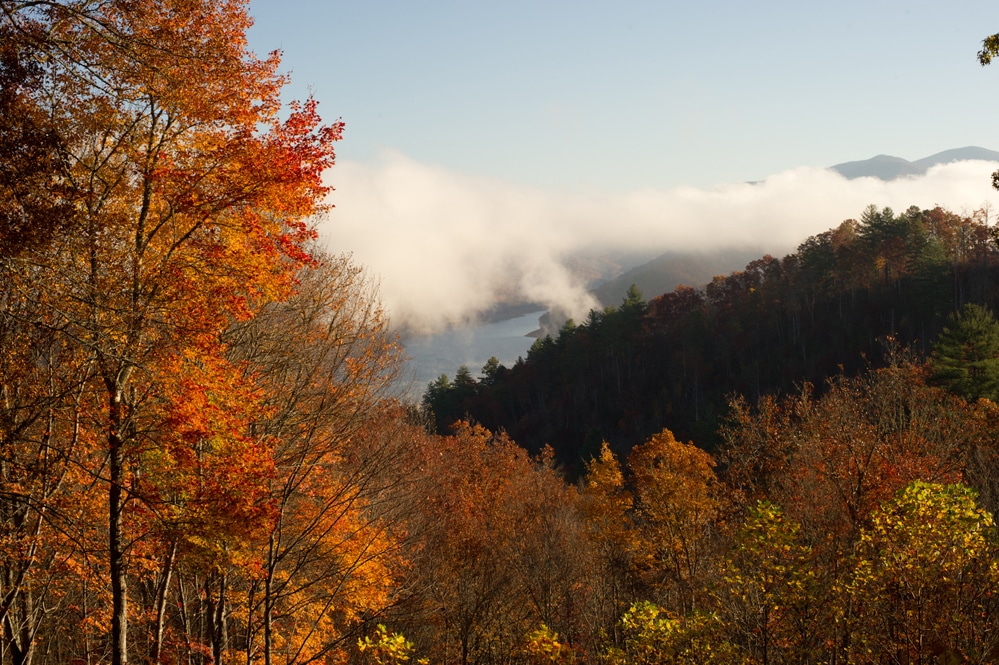
Get Off Your Asphalt
We’re cold and wet and the fire is barely enough to return feeling to our chilled extremities. But it’s all been worth it. We’ve been wakeskating on waters few others have seen and no one else has ever carved on. So far our only other company has been…well, no one. Our plan was to trek deep into the hinterlands, so far inland that there are no more roads and no other boats. Sometimes the best waters are miles away from the nearest marina. Sometimes as a boater you have to find a way to go off the grid.
Toys ‘R’ Me
The idea was an extension of something I’d been doing for years. Living by a beach, I’d used an ATV to trailer my fleet of small boats over the dunes and down to the water. I’d take that concept and expand on it. I just needed the right boat.
That boat would be a Sea-Doo Wake 155. Without a prop, it can go pretty much anywhere, and it’s relatively light to make towing easier; plus Bombardier has a cool custom trailer for it. For towing I wanted more power than my ATV has, so I got a Can-Am Commander XT “side-by-side.” This is a whole new genre of off-road vehicle. Think of what General Motors would have made instead of Hummers if it had built golf carts. There’s not a sand trap that can stop this little beast. The missing link, literally, was the connection between the trailer and vehicle.
The hitch on your car swings left and right and a tiny bit up and down — fine for flat roads and gentle ramps, but I’d be squirming over some rough terrain. For that I used a Lock N’ Roll hitch with a universal joint that lets the Can-Am and trailer twist independently. It was the key to making this rig a success.
The final touches were a ramp to get the Can-Am into the back of the pickup truck, and a hitch for the trailer. Now I could roam the highways searching for a trail that might lead to water. No matter how remote, if there was enough water to float the Sea-Doo, I’d be there.
Board Meeting
Why is it that it’s easy to come up with an idea for an adventure, but so much harder to find others willing to go along with you? I ask one person I know who doesn’t mind traveling and isn’t bothered by a little discomfort.
Ben Horan, part owner of Remote Wakeskates, wanders the world showing off his products. He’s a pro wakeskater, a guy who’ll go anywhere if there’s water and something to pull him over it. He likes to get out there — the more inaccessible the better.
“Sounds cool,” says Ben. “I know this place where they open the dam to drain off the lake to make room for the snow runoff, leaving pockets of smaller lakes. They’re hard to reach and no one’s around.” It sounded perfect. “Mind if I bring a friend?” Sure, why not?
We meet around 8 on a November morning at Fontana Village in North Carolina, deep in the Nantahala Forest, with the truck’s thermometer showing 37 degrees. While I sit by the hotel’s fireplace, Ben’s in a T-shirt securing his board in the Wake 155’s rack and ripping up the parking lot on his skateboard. Tough guy. But nothing compared with his buddy Yan LeComte, who comes in after driving straight through from Quebec. Ben and Yan high-five, and I soon realize that this is going to be the Ben and Yan show with me tagging along.
Yan is always smiling and calm but full of energy. His main gig is being a stunt man. When I ask if he’s OK to get going after such a long haul, he pauses me with a hand up and points to a tree (Yan doesn’t say much). He then charges at the big oak, runs up the trunk and does a back flip, landing with both arms out in a silent “ta-da!” Ben turns to me: “Guess he’s ready.”
Happy Trails
This Appalachian safari is about wakeskating. The boards are smaller than a wakeboard, and there are no bindings. The idea is to do tricks similar to those you do on a skateboard. All you need is a long stretch of calm water, which is just what we’re looking for.
By studying topographical maps and asking locals, we think we know where to start. An hour’s ride gets us to an open field where we can leave the truck. I get the Can-Am out of the pickup and assemble the rig. The sun is just showing itself over the mountains with steam coming off the wet grass as our world slowly heats up. Jackets are coming off, and we’re under way with red and gold leaves crunching under our tires.
In off-road boating, towing is a slow process. The terrain is usually rough, which is why one of us always walks ahead as a spotter to reduce the number of surprises.
The first nonsurprise is a log across the trail, buried under debris. If Ben, who’s driving, didn’t see it in time, we’d be in trouble. But I pick it out, tell him to stop, and we all stand around looking at this huge chunk of wood that’s way too heavy to move.
So out comes another vital piece of gear, the power winch. Mounted on the front of the Can-Am, it easily drags the log off to one side. Later in the day we get stuck in a ravine, and the winch’s extra oomph, along with us pushing, saves our butts once again.
Mud to Water
Hours go by; map and compass have failed us. No water. That is until we find a dirt valley that a month ago must have been an arm of the lake. There’s a thin trickle of water. “It’s got to lead to something,” Ben says. So we follow it, going deeper into an ugly dirt-and-rock gorge. Water is just under the surface, as first my feet sink in over my shoes and then the Can-Am goes down to its hubs.
We’re stuck. While Yan and I stare at the bogged-down rig, Ben scouts around a bend, coming back yelling “water, water!” It takes an hour to slog through the next few hundred yards of muck, but sure enough, water is there. We launch, and Ben and Yan go to it while I climb up an 80-foot cliff that used to be a lake bank.
Below me the Sea-Doo is leaving almost no wake, right at home in water littered with rocks and stumps that a wakeskater can bounce, skim or ride on. I wave them off, slide down the mud bank on my rear and drive our now much-lighter rig around to a possible campsite on the other side of this micro lake.
Dusk comes early, what with the time of year, no more daylight saving time and being deep in the mountains. By 4 p.m., it’s bone-cold again, and at 58 degrees the water ain’t exactly balmy either. We make a fire, eat, drink and drink some more. Tennessee moonshine is an acquired taste: It takes us about an hour.
The next day we play until noon, although it’s hard to stop. “Just one more run” always turns into another. Yan’s found a boulder he’s using as a rail and launch pad. We’ve also discovered a new arm of our “lake,” only inches deep but perfect for the Sea-Doo. It’s turned out better than I ever imagined.
After heading back to the paved world, we say our goodbyes and I head home to tweak my off-road boating rig for next time. There’s plenty of underused water out there, and now we know how to reach it.
Who’s Ollie?
There’s a whole world of wakeskate tricks, but it all started with the “Ollie.” The move was invented in the late 1970s by Alan “Ollie” Gelfand for skateboarding, and it’s the primary way of getting air. You push down on your back foot while jumping up and sliding your front foot forward. This brings both ends of the board up with you on it. There are also other fun tricks such as the:
Butterslide
Sliding along the lip (peak) of the wake with your board sideways to it.
Shuvit
Kicking your board around 180 degrees as you hop into the air.
Benihana
Jumping wake to wake with your back hand grabbing the tail of the board and back leg kicking outward.
Sexchange
Spinning the board 360 degrees along its long axis and jumping up while turning 180 degrees. Miss it and you take the board right between the legs, hence the name.
A Hitch with Pitch
This hitch is for those times when your off-road vehicle is pointing up while the trailer is down, as well as swung to one side and listing over to another. For this you need a hitch with three axes of movement, and the best we’ve found is the Lock N’ Roll. It will never pop off as ball hitches can do, plus the link is absolutely positive and in plain view so you know when it’s on correctly. Its tight fit also means that there’s none of that loose jerky action of conventional hitches. It has a full range of pitch, yaw and roll, allowing fantastic maneuverability. There is a downside. Its strength and versatility come at the price of extra weight. It’s more than four times heavier than the typical trailer coupler and a little too beefy than what was needed for our lightweight rig. Contact Great Lakes Forge Co., 800-399-5182, locknroll.com.
Sea-Doo Wake 155
I specifically picked Sea-Doo’s Wake 155 ($11,299, sea-doo.com) for this job. It has a removable board rack, a retractable pylon, spotter grips and rope stowage, and the drive can be trimmed to shape the wake. I love ski mode: Set the top speed you want to reach and then choose one of five “ramps” to get to the target speed.









